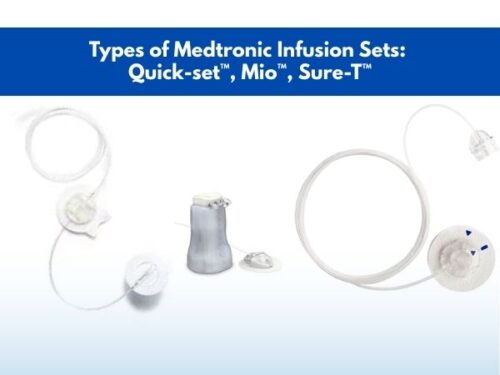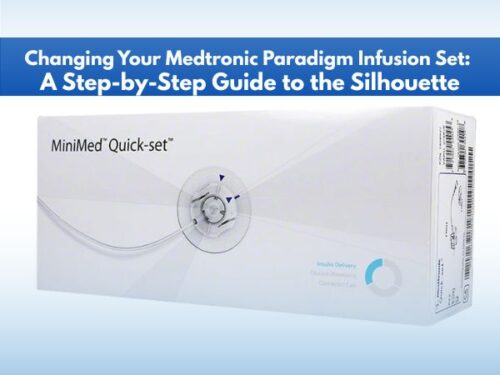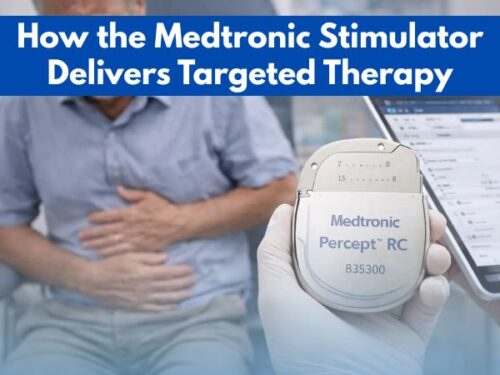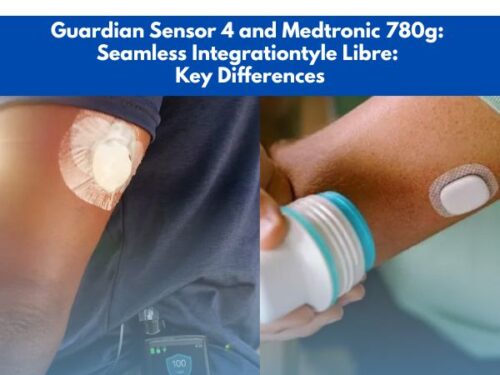Unveiling PICC Catheters: A Leap in IV Treatment
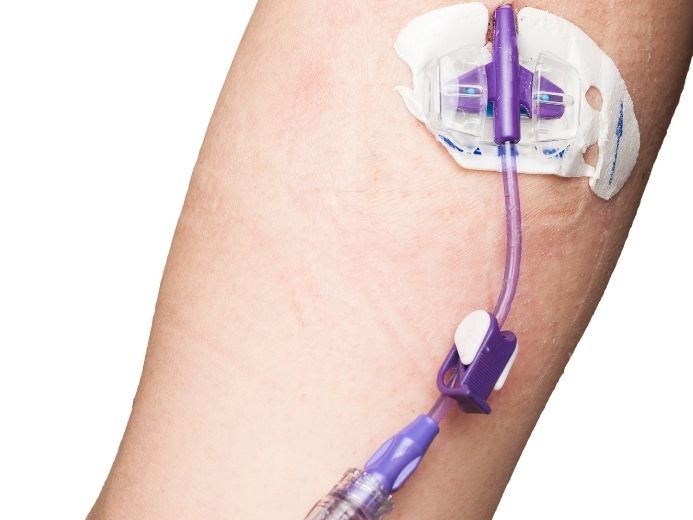
Intravenous route (IV), often facilitated using PICC catheters, is one of the most used ways to administer medications as well as nutritional supplies including total parenteral nutrition (TPN), particularly in unconscious patients.
In addition, the IV route is also suited for drawing blood samples when certain tests are to be run. However, despite being highly advantageous, the IV route is often unideal for long-term therapy due to being associated with pain, discomfort, and, in some cases, infections.
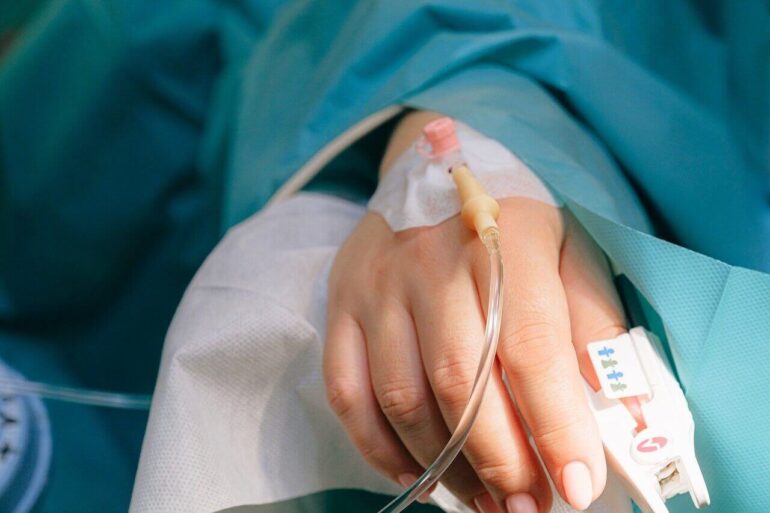
The data published by the National Library of Medicine after the statistical analysis of the burden of chronic diseases on the US health system suggests a 99.5% increase in patients by the year 20201.
This number particularly depicts individuals above 50 years of age. In a few years, when younger people will age, the number of patients in the age group most affected by diseases will further increase, ultimately elevating the need for better IV options.
To fill this gap, peripherally inserted central catheters, abbreviated as PICC, have been introduced. In this article, let us understand what PICC are and how do they work.
Peripherally Inserted Central Catheters and their Medical Uses
A peripherally inserted central catheter, abbreviated as PICC, is a flexible, slender, and soft tube-like structure that acts as an intravenous line for the transfer of medications via intravenous route as well as to draw frequent blood samples.
Being a type of central catheter, the tube is inserted into the largest vein of the heart through the basilic, cephalic, or brachial vein of the patient’s arm. In children, the insertion can also be made via the veins of the neck region. PICCs are also known by the names ‘percutaneous indwelling central catheters’ as well as a ‘PIC line’.
Advantages of PICC Catheters
A peripherally inserted central catheter has to be put inside the body by a healthcare professional and can stay in place for several weeks to months depending upon the patient’s needs. During the insertion process, the device is guided through ultrasound and checked using an X-ray whether it has been properly placed. PICC provides the following advantages:
• By employing a PICC, the risks associated with intravenous administration such as the occurrence of infections and vein damage are reduced. Moreover, irritation from frequent needle pricks is avoided.
• A PICC ensures extended access to the venous system without frequent needle sticks. This way, patient comfort is significantly enhanced.
• Medications, particularly antibiotics as well as chemotherapeutic agents can be easily administered using PICC. Apart from these, multiple blood samples can also be drawn.
• The peripherally inserted catheters are suitable to be employed in patients of different age groups i.e. from neonates to the elderly.
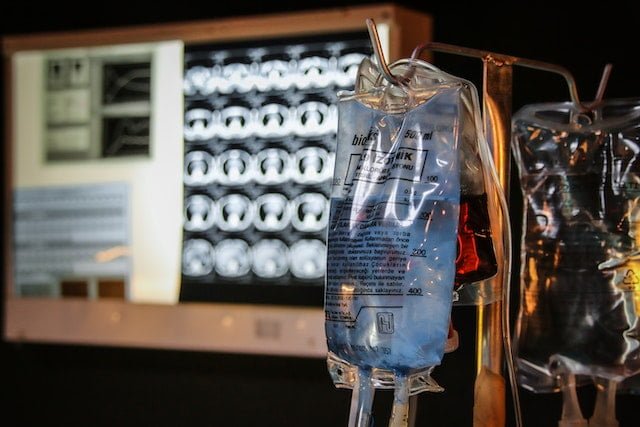
Characteristic Features of PICCs
Despite being constructed by several manufacturers, all types of PICC catheters share common properties such as construction materials as well as biocompatibility. Generally, PIC lines have the following characteristics and features:
• Material Type
PICCs are usually manufactured from polyurethane and medical-grade silicone. Apart from these, surface-modified polyurethane and power-injectable polyurethane are also utilized.
• Biocompatibility
As polyurethane has a chemical structure similar to human proteins, it is fully biocompatible as well as non-toxic. Moreover, identical properties are depicted by silicones which are also highly stable.
• Length, Gauge Size, and Lumen
Based on their length, PICCs are usually 50 to 60 cm long. However, their gauge sizes range from 2 to 6 and their number of lumens vary from one to three.
• Innovations in PICCs
To further improve the efficacy of a peripheral insertion central catheter, the following innovative products have been invented:
– Chemical-bonded PICCs
– Medication-impregnated PICCs
– Antimicrobial-impregnated PICCs
– Anti-thrombogenic surface-modified PICCs
Moreover, PICCs are often coated with chemical agents such as chlorhexidine to reduce the chances of phlebitis, microbial colonization, intraluminal thrombotic occlusion, and intimal hyperplasia among other complications.
Notable Types of PIC Line
Multiple brands manufacture and market peripherally inserted central catheters which ensure patient comfort, reduce complications, and improve the overall patient experience during their treatment journey. Some of these products, along with their description, include the following:
• Synergy CT PICC Line Kit
Synergy CT PICC Line Kit includes a single, dual, or triple lumen-based line. Its reverse taper technology allows gentle plugging at the insertion site. The flow rate of the material is 5 ml/sec. Once inside, the Synergy PIC lien can be secured by suturing. The product has high efficacy when used for IV insertion.
• Groshong Peripherally Inserted Central Catheter Lines by BD
BD PICC Lines is a latex-free product that is constructed using medical-grade silicone. It is a three-way valve in which no heparin flush is needed prior to use.
• Argyle Neonatal Peripherally Inserted Central Catheters by Cardinal Health
Argyle neonatal PIC line is a perfect option for the infusion of fluids to deal with dehydration as well as to administer total parenteral nutrition (TPN). Moreover, their suitability for drug delivery is also prominent. These PIC lines are available in both single and dual-lumen forms. Construction material is polyurethane and the product is both latex and DEHP-free.

All the types of catheters mentioned in this article, along with many other medical supplies, can be purchased from Health Supply 770, a reliable name when it comes to medical products. They have a 30-day money-back guarantee and provide your products to you in the shortest possible time.
Conclusion
Already available intravenous systems employed for the delivery of medications and nutritional components to the unconscious or severely ill patients have been associated with side-effects including pain, discomfort, irritation, and infections at the injection site.
Peripherally inserted central catheters are a solution to these issues which provide similar advantages with minimum adverse reactions. The tube can stay in the body from a few weeks to several months without causing problems to the patient.
PICC catheters are, indeed, one of the revolutionizing intravenous systems that ensures patient safety as well as improves treatment outcomes. Making a purchase from trusted suppliers like Health Supply 770 not only provides the best products at affordable prices but also lets the buyer enjoy a top-notch purchasing experience.














